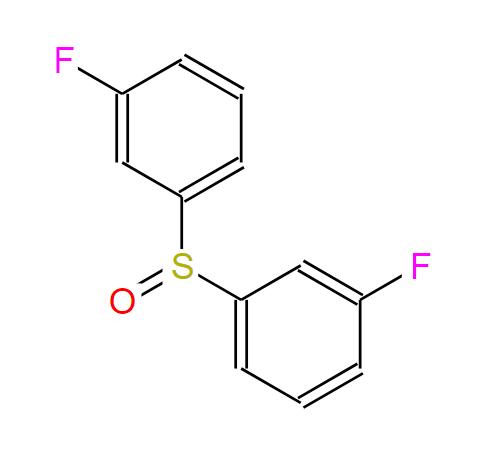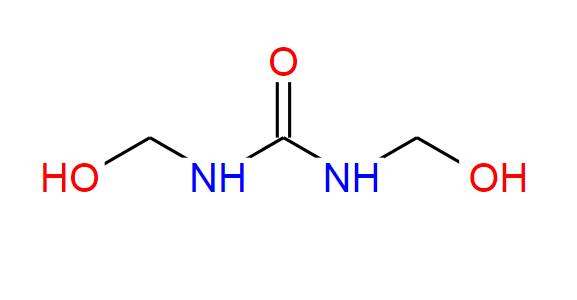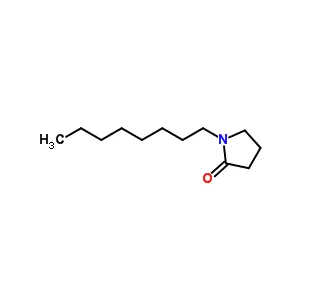
Search

Search

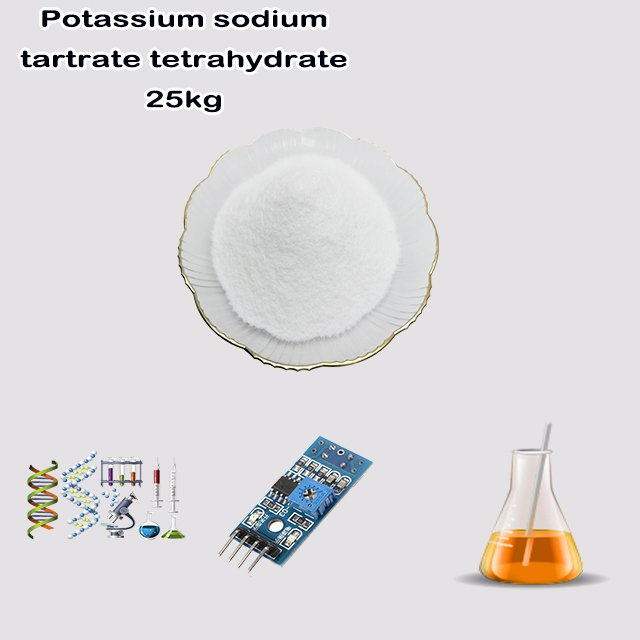
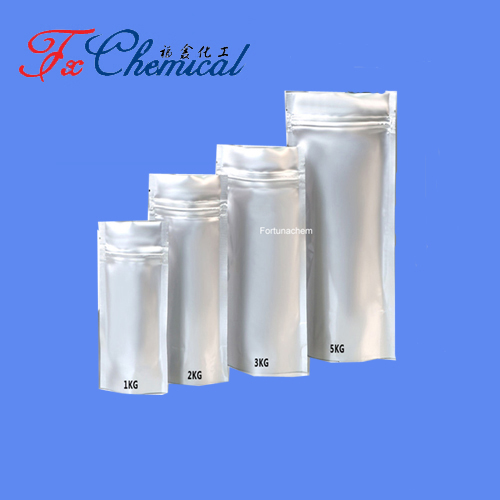
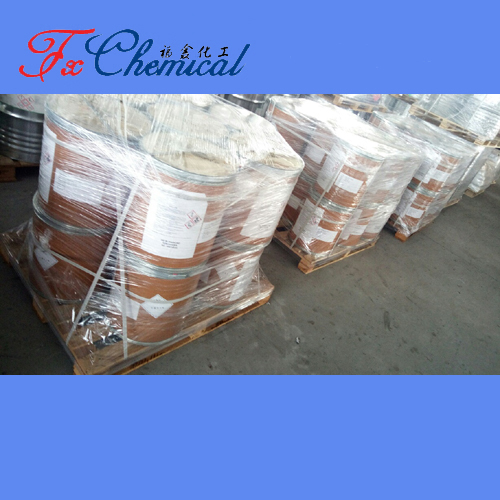
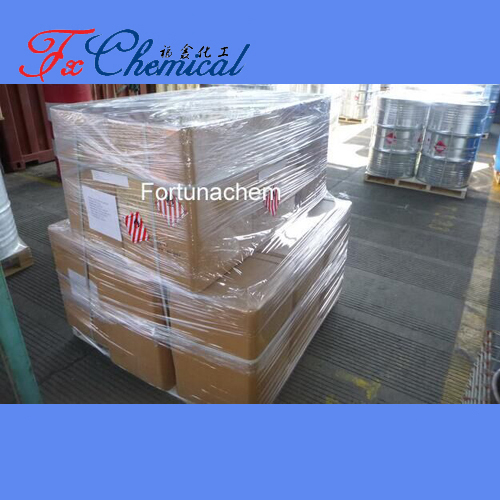
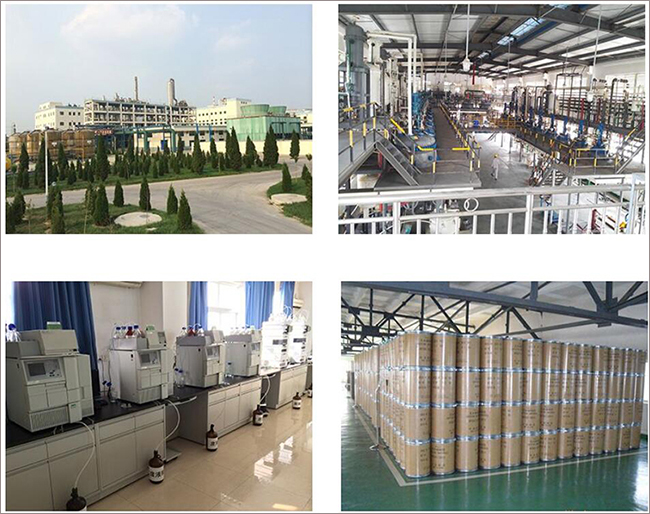





Potassium sodium tartrate tetrahydrate (KNaCX4HX4OX6 ⋅4HX2O), known as Rochelle salt, is a double salt of tartaric acid. Key points:
Structure: Hydrated crystals with 4 water molecules stabilizing the lattice.
Properties: Colorless, water-soluble, and piezoelectric (generates electricity under pressure).
Uses:
Essential in Fehling's solution to test reducing sugars.
Emulsifier in baking powders and processed foods.
Historical role in early microphones/phonographs due to piezoelectricity.
Note: Effective at pH 7–8, low toxicity (GRAS).
The tetrahydrate form enables its unique electrical properties and solubility.
Potassium sodium tartrate tetrahydrate, commonly known as Rochelle salt, is a crystalline double salt with the chemical formula KNaC4H4O6 ⋅4 H2OKNaC4H4O6 ⋅4 H2OKNaC4H4O6 ⋅4H2O. Below is a detailed chemical breakdown:
Molecular Formula: C4H4KNaO6 ⋅4 H2OC4H4KNaO6 ⋅4H2O
Anhydrous Core: Potassium sodium tartrate (KNaC4H4O6KNaC4H4O6KNaC4H4O6).
Derived from tartaric acid (HOOC−CH(OH)−CH(OH)−COOH)by replacing acidic hydrogens with K+K+ and NaNa+.
Hydration: Contains 4 water molecules (4H2O) per formula unit, integrated into the crystal lattice via hydrogen bonding.
Stereochemistry: Uses the meso form of tartrate (optically inactive due to internal symmetry).
Structural Highlights:
Tartrate ion: -OOC−CH(OH)−CH(OH)−COO−
Cations: K+K+and Na+Na+ balance the charge.
Water molecules stabilize the crystal structure.
| Property | Value/Description |
|---|---|
| Appearance | Colorless to blue-tinged translucent crystals |
| Molar Mass | 282.22 g/mol (210.16 anhydrous + 72.06 for 4H₂O) |
| Solubility | Highly soluble in water (63 g/100 mL at 20°C); insoluble in ethanol. |
| Density | 1.79 g/cm³ |
| pH | ~7–8 (mildly alkaline) |
| Decomposition | Loses water at 55–60°C; decomposes at 220°C. |
Piezoelectricity:
One of the first discovered piezoelectric crystals (generates electric charge under mechanical stress). Used in early microphones, phonograph pickups, and pressure sensors.
Ferroelectricity:
Exhibits ferroelectric properties below 24°C (Curie temperature).
Food Industry:
Emulsifier in baking powders (prevents premature reactions).
Stabilizer in jellies, margarine, and processed cheeses.
Analytical Chemistry:
Key component of Fehling's solution (tests for reducing sugars like glucose).
Used in Benedict's reagent for similar purposes.
Electronics:
Historical use in piezoelectric devices (e.g., crystal oscillators).
Medicine:
Laxative (rarely used today).
Electroplating:
Complexing agent in silvering mirrors and copper plating baths.
Produced by neutralizing tartaric acid with sodium carbonate and potassium hydroxide:
2 H2C4H4O6+Na2CO3→2 NaHC4H4O6+CO2+H2O
2 H2C4H4O6+Na2CO3→2 NaHC4H4O6+CO2+H2O
NaHCX4HX4OX6+KOH---->KNaCX4HX4OX6+HX2O
The solution is crystallized to form the tetrahydrate.
Non-toxic: GRAS (Generally Recognized As Safe) in food.
LD₅₀ (oral, rat): 4,000 mg/kg (low toxicity).
Precautions:
Dust may irritate eyes/respiratory tract.
Store in airtight containers (hygroscopic).
The four water molecules:
Stabilize the crystal lattice via H-bonding.
Enable piezoelectric/ferroelectric behavior by creating asymmetric structures.
Enhance solubility compared to anhydrous form.
Potassium sodium tartrate tetrahydrate is a versatile compound bridging food science, analytical chemistry, and materials physics. Its unique piezoelectricity revolutionized early electronics, while its role in Fehling's solution remains essential for sugar detection in labs. Despite being largely replaced in electronics by quartz/ceramics, it remains a staple in food and chemical applications.




Fortunachem Provides Not Only Professional Chemical Products But Also Professional Help
Keeping you up-to-date with all the latest information, news, and events about Fortunachem!

Quick Links
Add:
E-mail:
 English
English  Español
Español  français
français  العربية
العربية ![(4,4'-Di-t-butyl-2,2'-bipyridine)bis[3,5-difluoro-2-[5-trifluoromethyl-2-pyridinyl-kN)phenyl-kC]iridium(III) hexafluorophosphate CAS 870987-63-6 (4,4'-Di-t-butyl-2,2'-bipyridine)bis[3,5-difluoro-2-[5-trifluoromethyl-2-pyridinyl-kN)phenyl-kC]iridium(III) hexafluorophosphate CAS 870987-63-6](/uploads/image/20251110/hexafluorophosphate主图.jpg)
